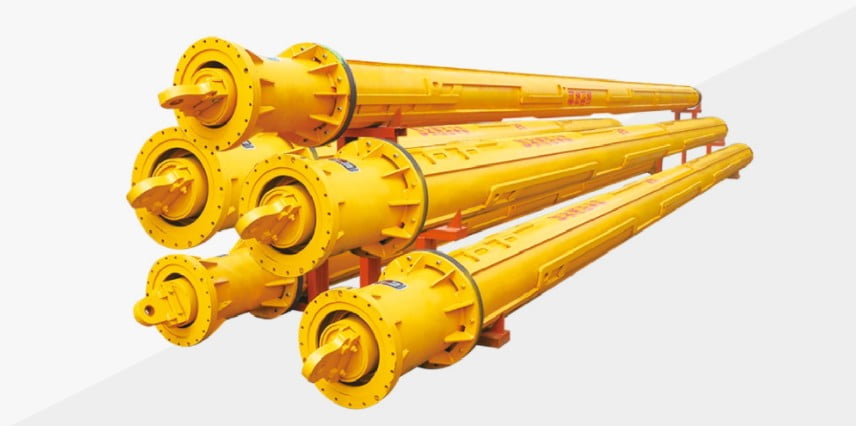What is the principle of rotating kelly bar?
The principle of a rotary kelly bar is to provide a means of transmitting torque and axial force to the drilling tool or drill string during rotary drilling operations. It is an essential component of a rotary drilling rig.
The rotary kelly bar consists of a series of telescopic tubular sections that can extend and retract. These sections are connected by locking pins or other mechanisms, allowing the kelly bar to be adjusted to different lengths based on the drilling requirements.
The kelly bar is connected to the rotary drive of the drilling rig, which provides the necessary rotational force. As the rotary drive rotates, it transfers the torque to the kelly bar, which in turn transmits it to the drilling tool or drill string.
The axial force is also transmitted through the kelly bar, ensuring the stability and alignment of the drilling tool during the drilling process. This helps in maintaining the verticality of the borehole and preventing deviation.
The rotary kelly bar is designed to withstand high torque and axial loads encountered during drilling operations. It is typically made of high-strength steel and undergoes rigorous testing to ensure its durability and reliability.
Overall, the principle of a rotary kelly bar is to provide a robust and efficient method of transmitting torque and axial force to the drilling tool or drill string, enabling effective rotary drilling operations.


